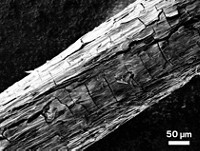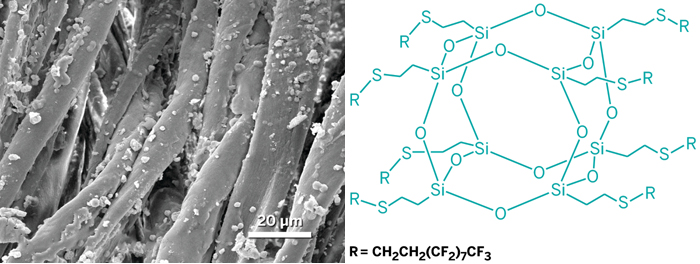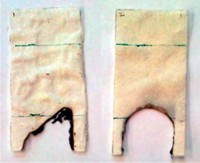Advertisement
Grab your lab coat. Let's get started
Welcome!
Welcome!
Create an account below to get 6 C&EN articles per month, receive newsletters and more - all free.
It seems this is your first time logging in online. Please enter the following information to continue.
As an ACS member you automatically get access to this site. All we need is few more details to create your reading experience.
Not you? Sign in with a different account.
Not you? Sign in with a different account.
ERROR 1
ERROR 1
ERROR 2
ERROR 2
ERROR 2
ERROR 2
ERROR 2
Password and Confirm password must match.
If you have an ACS member number, please enter it here so we can link this account to your membership. (optional)
ERROR 2
ACS values your privacy. By submitting your information, you are gaining access to C&EN and subscribing to our weekly newsletter. We use the information you provide to make your reading experience better, and we will never sell your data to third party members.
Materials
Making Greener Flame Retardants
ACS Meeting News: Environmentally friendly films protect cotton and foam from flames and heat
by Lauren K. Wolf
September 5, 2011
| A version of this story appeared in
Volume 89, Issue 36

Flame-retardant coatings for clothing and foam in furniture could soon be made of environmentally benign substances such as clay and polysaccharides, according to work presented at the American Chemical Society national meeting in Denver last week. The new layered films might answer the call for safer alternatives to commonly used halogenated compounds, such as polybrominated diphenyl ethers, that are being phased out because of toxicity concerns.

Using layer-by-layer assembly, a process in which a substrate is coated with alternating layers of positively and negatively charged substances, researchers led by Jaime C. Grunlan of Texas A&M University created two types of new flame-retardant films.
One coating, made of nanometer-thick layers of poly(sodium phosphate) and poly(allylamine), protects cotton from being consumed during flame tests (Adv. Mater., DOI: 10.1002/adma.201101871). Compared with uncoated cotton, which completely disintegrates in an applied flame, a 10-bilayer phosphate-amine coating develops only a char when exposed to a flame, retaining 41% of its weight. Under high heat, the same film does not ignite at all.
This is the first time that an intumescent coating—one that forms a protective carbon foam when exposed to fire or high heat—has been applied via layer-by-layer assembly on such a small scale, Grunlan said. Typically, intumescents are used on steel beams and plastics in millimeter-thick films.
The second coating Grunlan’s group described to the Division of Colloid & Surface Chemistry during the Denver meeting is composed of alternating nanolayers of montmorillonite, or clay, and chitosan, a linear polysaccharide. During 10 seconds of exposure to a butane torch, polyurethane foam coated with 10 bilayers of the clay-chitosan film escaped with only a blackened skin.
Despite its charred outer layer, Grunlan said, the foam’s white, squishy innards remain intact. “If the foam doesn’t have the coating on it,” he added, “it catches fire and melts down to a puddle.”
If halogenated flame retardants continue to be banned because of toxicity concerns, manufacturers will have to find more sustainable, innovative alternatives. Grunlan’s new research is a “cool, sexy, very green approach” that appears to fill this immediate need, Rick D. Davis, a materials research engineer in the Fire Research Division of NIST, told C&EN.
Charles Wilkie, a retired researcher of flame retardants from Marquette University, in Milwaukee, said Grunlan’s work is “neat stuff,” but he hopes to see more extensive fire testing on the coatings in the future. “It’s nice to say that something doesn’t burn in a flame for 10 seconds,” he said. “But what happens if it is in a full-blown fire for two minutes or longer?” he asked.
Grunlan said his team is now working with USDA to further test the polymeric coating on cotton, particularly for durability in washing machines. The next step, he said, is to add cross-linkers to the coating recipe to prevent the films’ long-term degradation.





Join the conversation
Contact the reporter
Submit a Letter to the Editor for publication
Engage with us on Twitter